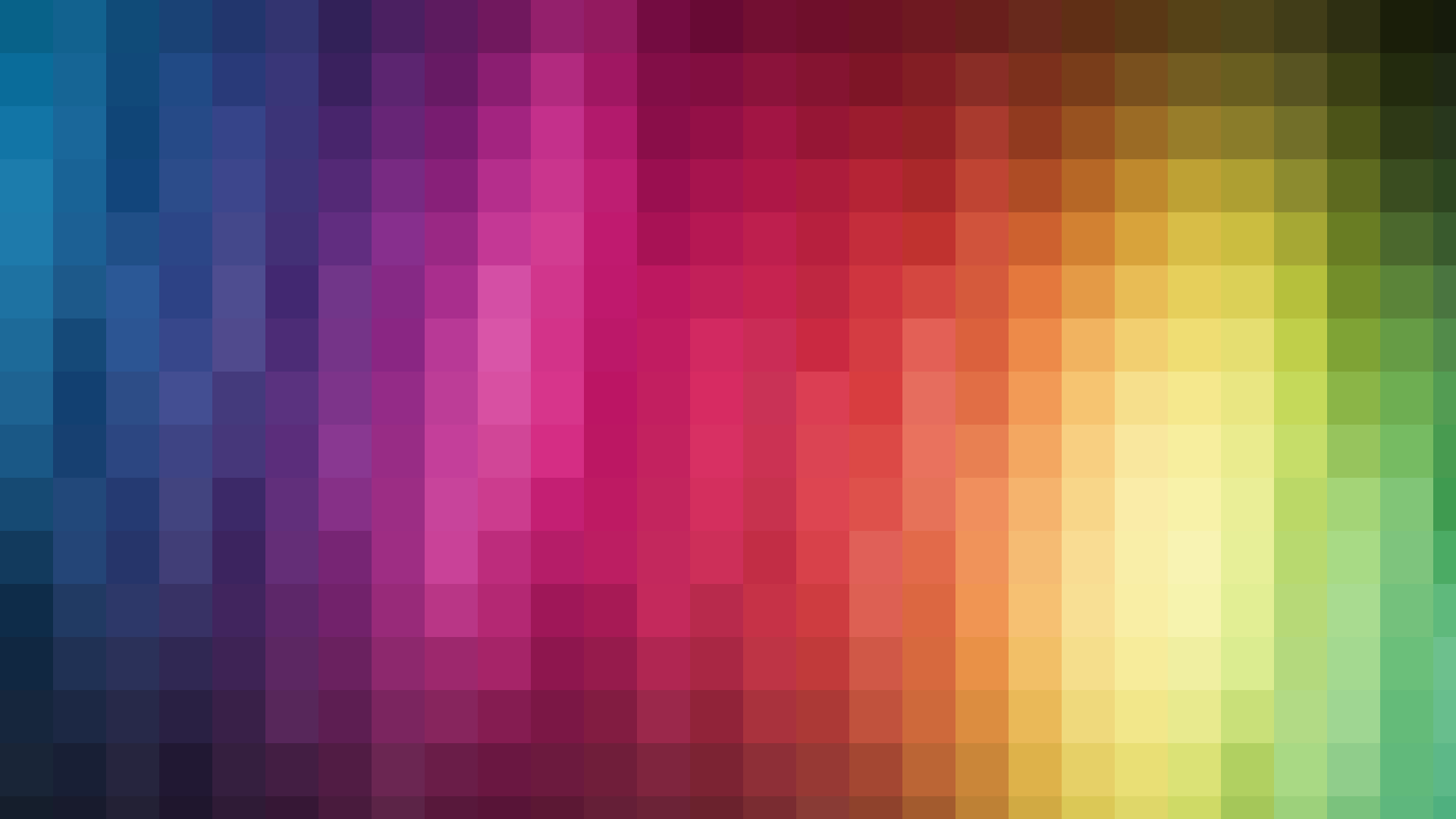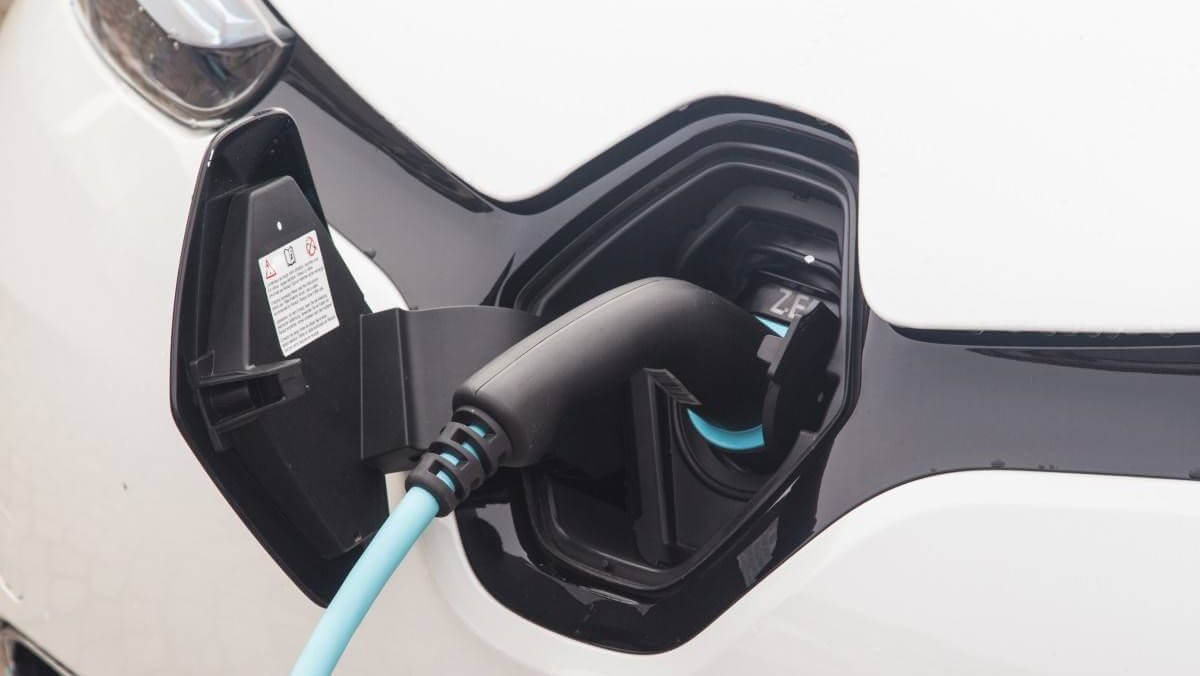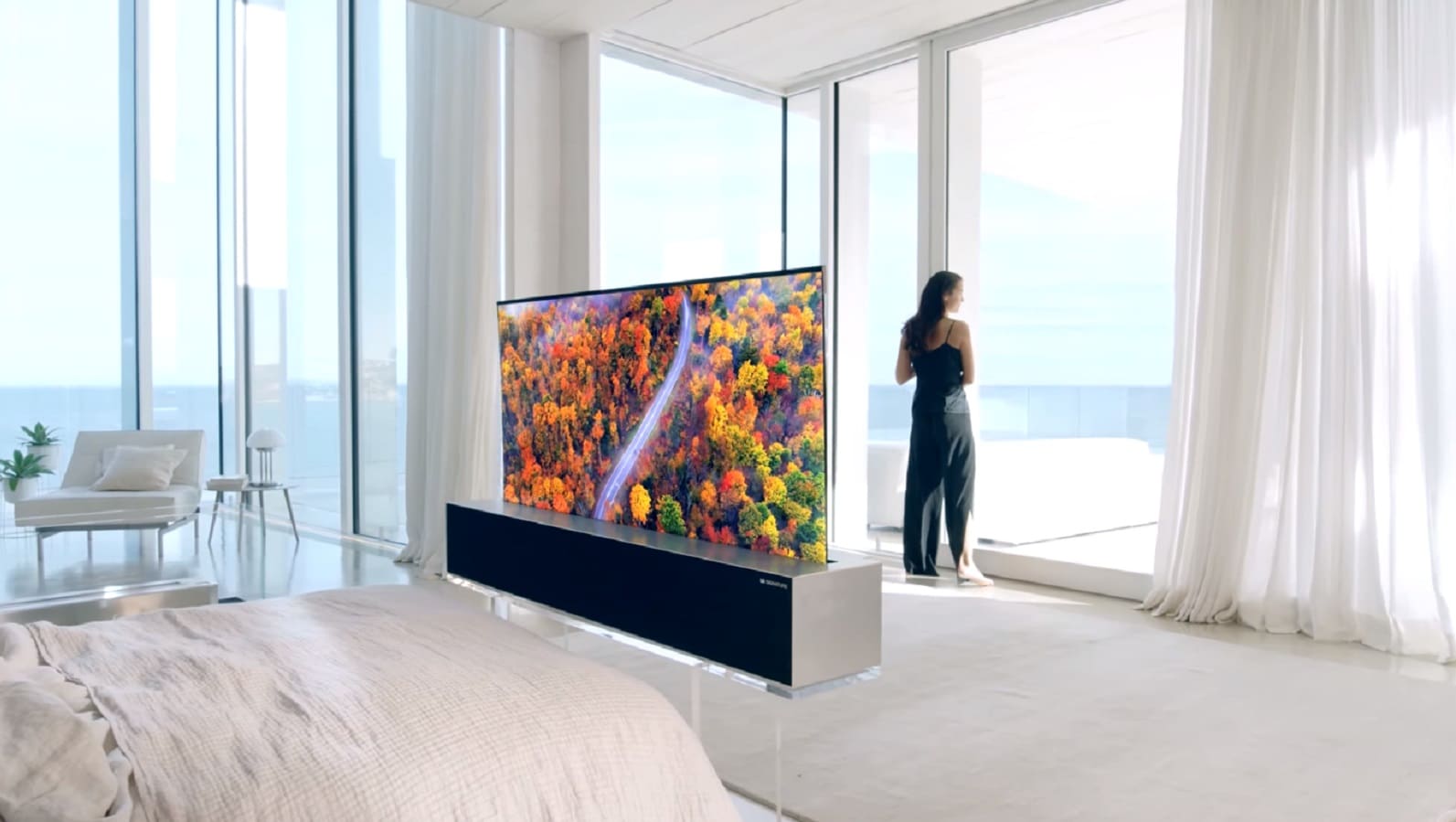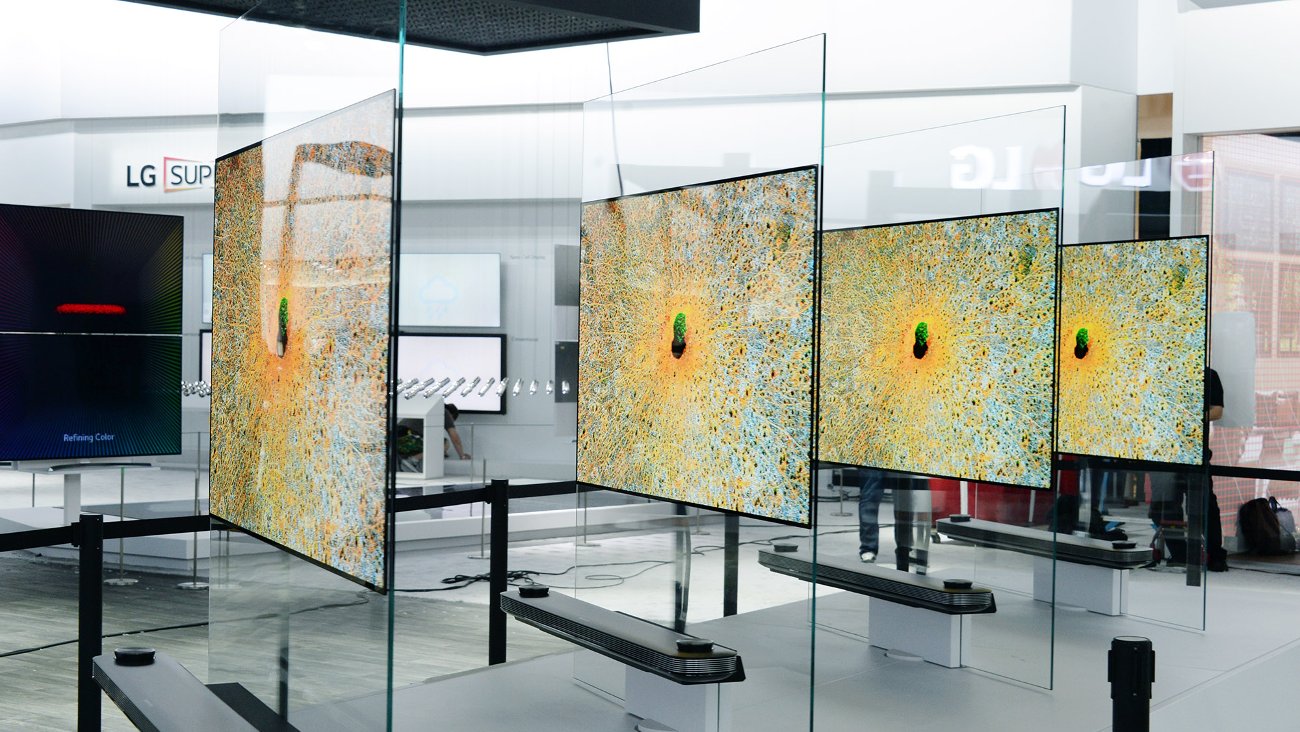Found a way to triple the screen resolution of the smartphone and the TV
 Source:
Source:
Researchers from the University of Central Florida have developed a new approach to creating displays of digital devices. This method involves setting the color of a pixel by supplying a voltage. It will allow to increase the resolution of TV screens, smartphones and other devices as a maximum three times.
The Screens are composed of hundreds of thousands of pixels displaying different colors form the image. Within the framework of existing technology, each of these pixels contains three subpixels — one red, one green and one blue.
But scientists from the center for NanoScience Technology Center University of Central Florida found a way to write this model in the past. An assistant Professor of Debasis Chand (Debashis Chanda) and a grad student physicist Daniel Franklin (Daniel Franklin) have proposed a method that allows you to configure the colors of these subpixels.
Applying different voltage, they were able to change the colors of individual sub-pixels of red, green or blue — under the RGB palette — or the gradients of these colors.
Debashis Chanda explains the essence of the invention is made:
«We can, for example, change [color] red sub-pixel on blue. On other displays it is impossible as them to display full RGB color requires three static filter. We now this is not necessary, [because] the color of a single pixel with no subpixels can be adjusted within the available color gamut».
The results of such a promising research earlier in may 2017, it was reported in the academic journal Nature Communications. Based on the existing technology of screens, consisting of pixels, very common in the modern world, the researchers were able to provide this technology to those advantages, which it previously did not possess.
Refusing to use three static sub that currently make up each pixel, scientists have found a way to increase the size of each single pixel in three times. The increase in the number of pixels in the display means an increase in three times.
The New development could theoretically find a significant use not only in televisions and other displays of modern devices, but also in the helmets of augmented and virtual reality, in which high resolution is necessary because their screens are very close to the eyes of the user.
Daniel Franklin completed the narration on a new method:
«Displays without subpixels can significantly improve the resolution. You will be able to have a much smaller surface to [display] [color]».
And because the displays are made on the basis of the new method, there is no need to turn off some of the subpixels of the screen to reproduce exactly the color you want in the moment, then the screen brightness will also increase.
In 2017, Debashis Chanda and Daniel Franklin has also developed the first concept of display that uses a "plasmonic phenomenon" ("plasmon phenomenon"), the message which was also published by the journal Nature Communications.
They had created a surface with "embossed nanostructure" ("embossed nanostructure"), resembling a box for eggs. This surface was covered with reflective aluminium. To transmit the full color spectrum, scientists took several versions of this innovative nanostructures. In the latest of the improvements of this development, the researchers found that the modification of the surface roughness allows to display full range of colors using the same nanostructures.
Nanostructured coating can be easily integrated into existing fabrication technology displays, since there is no need to change or alter the underlying hardware.
Daniel Franklin in the context of this development said:
«This allows you to build on all previous [new development] decades of LCD technology. We don't need to completely change the engineering approaches to do it».
Currently, the researchers are scaling their displays, to prepare the technology for use in real devices.
Which of the following devices can be realised with a threefold increase in resolution screens?
materials sciencedaily.com
Recommended
The Czechs claim to have invented a revolutionary way of charging an electric vehicle
car Charging is becoming more commonplace. In electric cars . That is not very good . And some manufacturers even offer . Here are just a few of them think about the charging stations, but they also need to improve. Now they work to provide easy but ...
Today will be once again destroying the myths whether you Love the way I love him? I think the question was a bit rhetorical, since the movie love everything or almost everything. In our time no surprise twisted plot, cool special effects, gorgeous g...
#CES | LG starts selling televisions with coils at astronomical prices
Samsung has failed an important result, one of the highlights of their last year's announcements. Roll-up TV goes on sale. The dream of connoisseurs, became a reality — the interior of a large room where the family spends their leisure time, w...
Related News
#CES | 2,57 mm LG TV is almost 20 thousand dollars
the price is unbelievably thin 4K TVs OLED line Signature W presented by LG at CES 2017. The thickness of these TVs is incredibly small and measures just 2.57 mm, which cannot be said about their prices. 65-inch model W 7996 U.S. ...






















Comments (0)
This article has no comment, be the first!